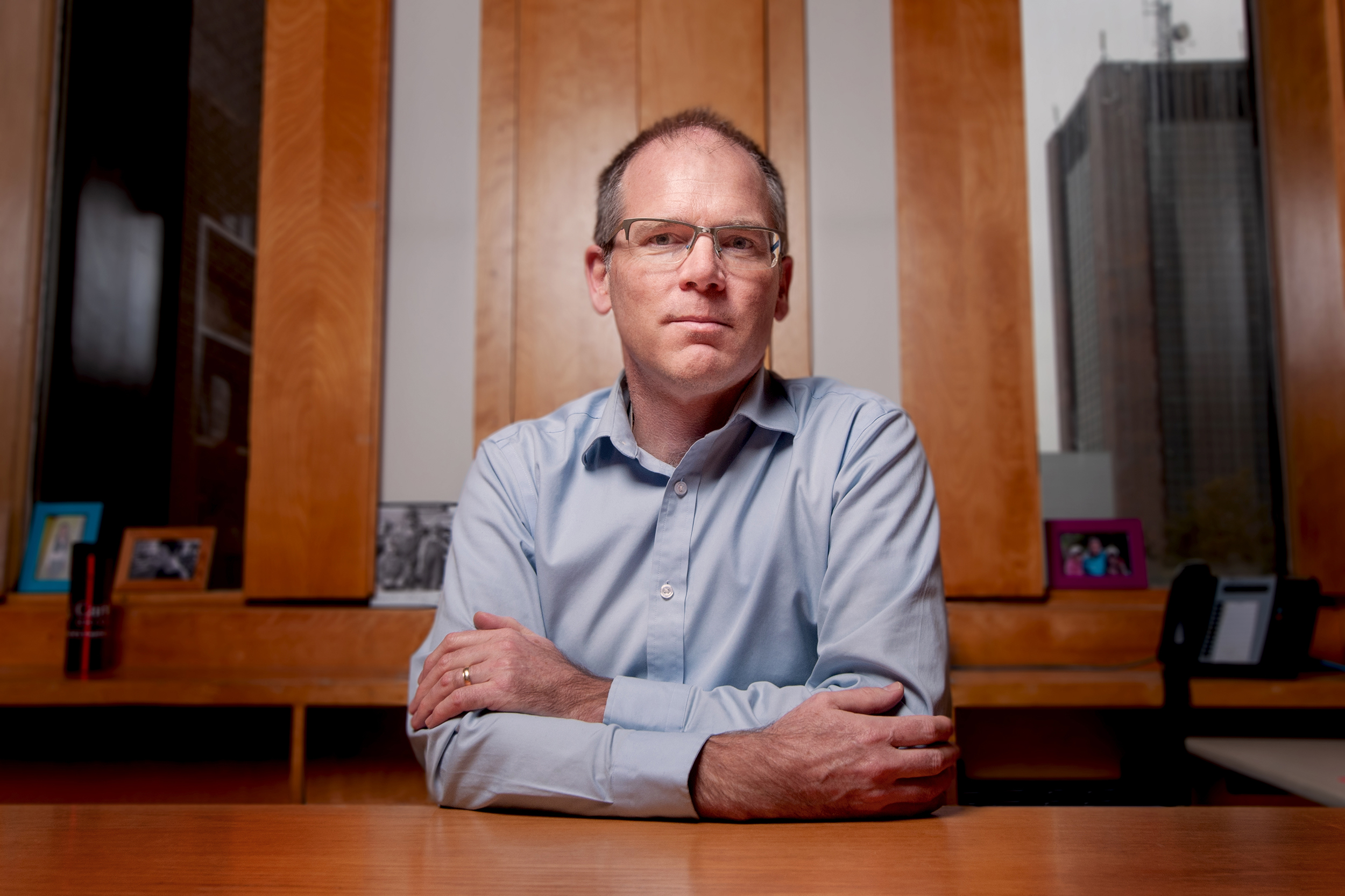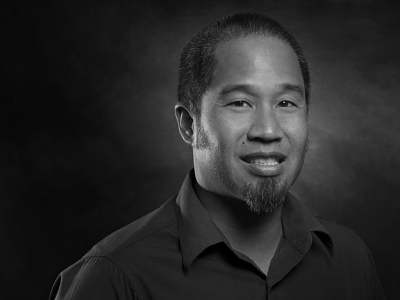By Karen Kelly
Photos by Bryan Gagnon
Ever since the Canadian Parliament switched to hybrid virtual/in-person meetings in March 2020, the ambience of the House of Common’s daily Question Period has been restrained, sedate…even polite.
“Question Period is not necessarily supposed to be polite,” says Jonathan Malloy, a professor of Political Science and the Dick and Ruth Bell Chair in Canadian Parliamentary Democracy. “Heckling, for better or for worse, has a very long tradition in the Westminster system of government and you can’t build that same sense of an atmosphere virtually.”
The Conservative and Bloc Quebecois members in Canada’s parliament certainly agree. The traditional sound of opposition MPs drowning out the Prime Minister in “QP” has been reduced to a muted outcry over a video call. Prior to the emergence of the Omicron variant, the opposition parties voted for Parliament to return to exclusively in-person sittings in January—a vote they lost.
“Some say that parliament is really about being in the chamber: it’s a pressure cooker where the government has to take questions and be scrutinized,” says Malloy, who serves as the Faculty of Public and Global Affairs’ Associate Dean (Research and International). “That atmosphere gives a much stronger sense of the full weight and power of the government and the opposition.”
But others contend that It’s too early to require members to show up in person.
“We have people flying in from every corner of the country, spending a week together, co-mingling in a very, very small space and then going back to every part of the country,” said Liberal House Leader Mark Holland recently, noting that some members are immunocompromised. “It is absolutely unacceptable, in a pandemic, to force them into circumstances where their health is at risk.”
Malloy also notes there are advantages beyond protection from COVID-19, especially for members who don’t live in Ottawa.
“We ask a lot of members of Parliament. We ask them to travel to Ottawa, usually on a weekly basis,” says Malloy. “So MPs with young families—particularly women MPs— find [the hybrid option] to be a real advantage.”
In fact, NDP Leader Jagmeet Singh is calling for a permanent hybrid approach to make it possible for a more diverse group of people to run for office.

Is Hybrid the Real Thing?
Malloy says the response to the pandemic has sparked discussions about the real purpose of Parliament. In an article for the Canadian Journal of Political Science entitled “The Adaptation of Parliament’s Multiple Roles to COVID-19,” he highlights two competing visions of the institution: one represents the voices of MPs who speak for constituencies across Canada; the other is focused on decision-making and accountability.
“When you have a remote parliament, you can do the representative part fairly easily: people show up on screen and speak their views,” says Malloy, “but when it comes to the deliberations, decisions and the scrutiny part, it can sometimes be trickier. You can’t always replicate that virtually because it happens behind the scenes.”
While Parliament struggles with its dual responsibilities, Malloy suspects that, once it’s safe to return, the MPs will revert to tradition.
“Parliament is a very resilient institution that doesn’t change much. It adjusts all the time to new developments, but never in a fundamental, transformative way. It’s possible that the hybrid option will continue indefinitely, but the future of Parliament will always be—at least partially—in person.”
Tuesday, December 21, 2021 in Another Take, Department of Political Science
Share: Twitter, Facebook



